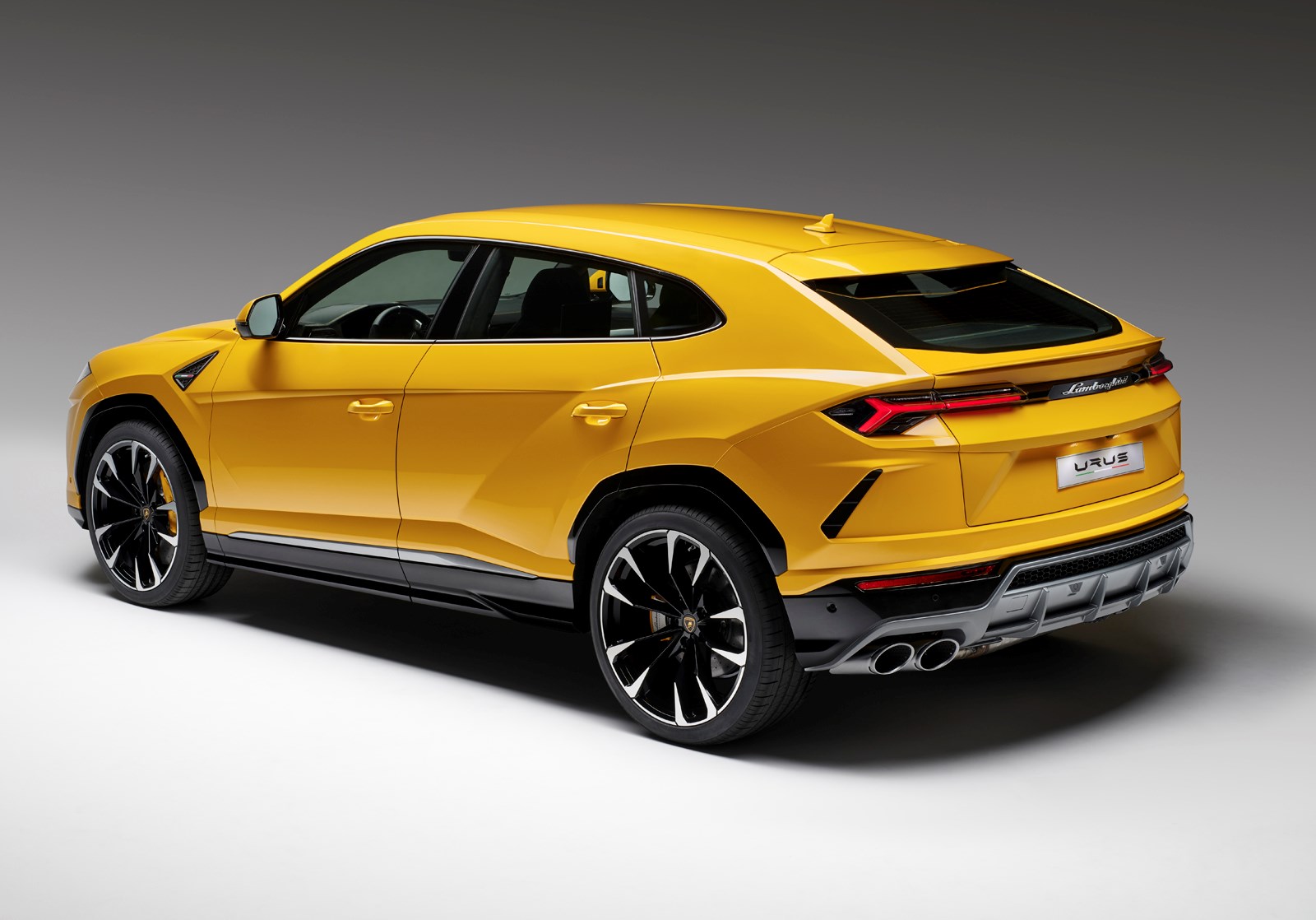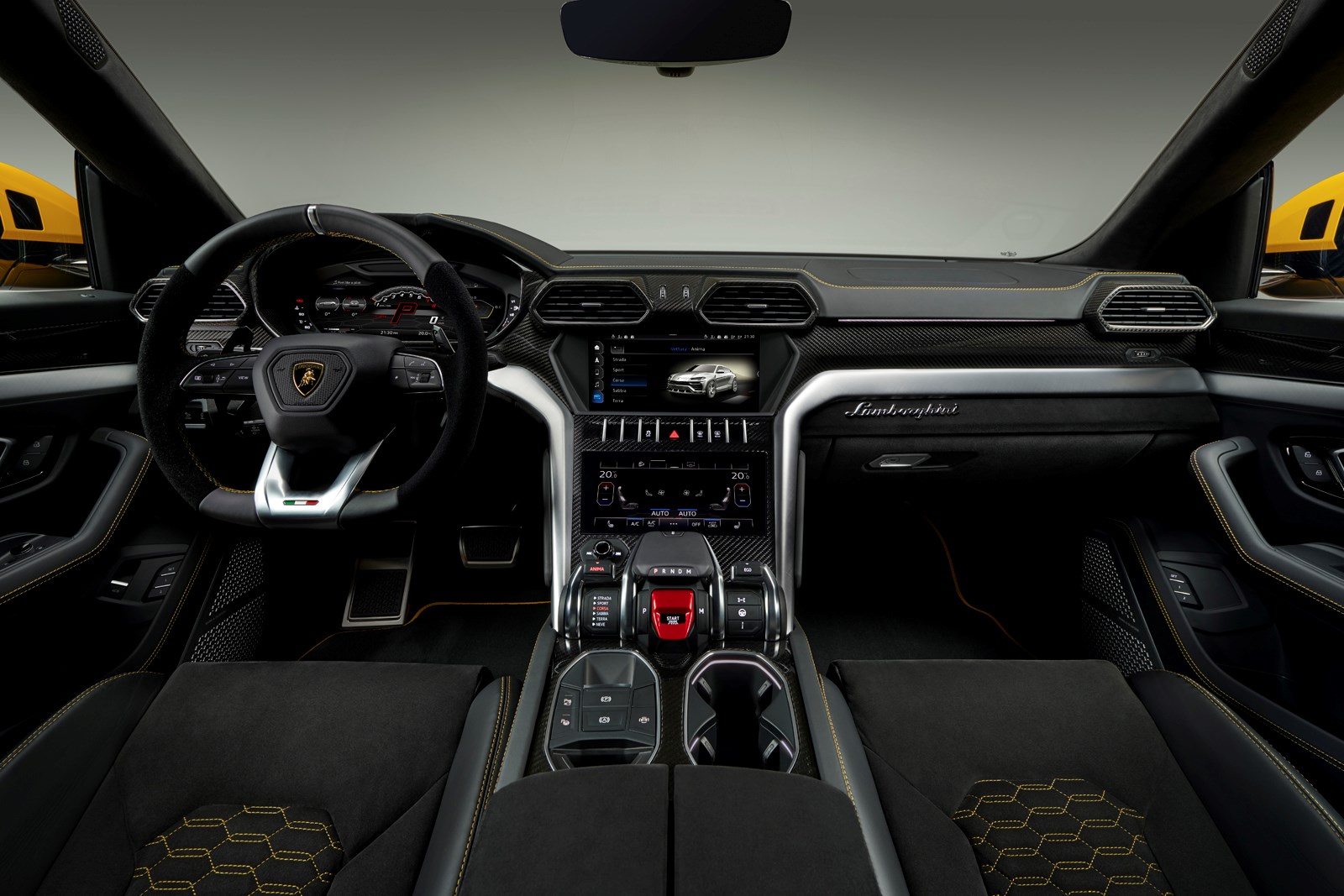The new Lamborghini Urus, the first SUV from the company since the LM002 of three decades ago, might share much of its mechanical architecture with a Porsche Cayenne Turbo, but the similarities end there.
For this is a 4.0 Cayenne twin-turbo V8 given a massive injection of Lamborghini DNA through its more aggressive and adventurous design, the opportunity to personalize the vehicle substantially when ordering, and the sportier driving dynamic it promises to provide.
According to the Italian supercar division of the Volkswagen Group, the Urus is the world’s first SSUV - Super Sports Utility Vehicle.
The Urus will sell in New Zealand for $339,000 plus options.
There a lot of numbers that back up that claim. Thanks to Lamborghini’s in-house fettling of the Porsche-made permanent-4wd, eight-speed automatic powertrain, the Urus boasts more power and torque than the donor vehicle.

The 4.0 V8 makes 478kW and 850Nm in Urus form, improvements of 59kW and 50Nm over the 419kW and 800Nm outputs of the Cayenne Turbo S.
This strips half a second from the 0-100 performance, the Urus ripping from rest to limit in 3.7 seconds instead of 4.1.
However, top speed is where the real bragging rights are found. For the Urus is the first SUV to hit 305km/h, thanks to the way its air suspension hunkers down at autobahn velocities, the attention Lamborghini paid to reducing drag, and the powertrain upgrade. By comparison, the Cayenne Turbo S can ‘merely’ reach 284kmh.
Naturally, this improved performance arrives at some cost to efficiency and practicality.

The admittedly-sexier rear end of the Urus reduces luggage bay capacity to 616 litres instead of the Cayenne’s 745, and the extra boost provided by the Lamborghini’s turbos pumps up fuel consumption to 12.7litres/100km instead of 11.5.
The Urus will arrive in New Zealand in the third quarter of 2018.






